Do you hate meal planning? I do.
I hear the word meal plan and my brain turns to jelly. I look at a weekly meal plan that is supposed to make my life “easier” and I already feel like a failure because I know there’s no way I’m actually going to eat exactly that. No matter how good the combinations sound, the rebel in me knows that:
- I almost never follow recipes to a “T.”
- Since I eat in-season (and since that varies regionally), unless the meal plan comes with my farm box for the week, I won’t have the ingredients for all those recipes.
- I probably won’t want what the meal plan says I’m supposed to eat (I can’t force myself to eat salad when my body wants chili.)
- I will likely have leftovers and then leftovers will become another meal and then the whole “plan” will get screwed up. OR, hubby and toddler will scarf down more food than expected and I’ll have NO leftovers, in which case a plan that accounts for leftovers will also be screwed up.
Am I the only person who feels this way?! Is there a Failed Meal Planners Anonymous group I’m supposed to join?
People are shocked to hear that I’m both a dietitian and a non-meal planner. Now, this doesn’t mean all of my meals are completely UNplanned. It’s just that most of ‘em aren’t some polished, pre-planned, cooked-all-on-Sunday sort of thing.
This is why lazy meal planning is my M.O. I much prefer to follow a loose meal template than a strict meal plan (which I lovingly refer to as “lazy meal planning”).
Enter Meal Templates (aka Lazy Meal Planning)
Now, before I jump in, I want to acknowledge that everyone has their own individual nutrient needs. What I’m sharing in this post is MY EXPERIENCE and what works for ME, which may be different than what works for YOU.
Yes, a certain amount of protein is required to keep you alive, same goes for a certain level of micronutrients (like fat-soluble vitamins and whatnot), but the biggest variation (from a practical standpoint) for folks is their need for carbohydrates.
In my practice (and frankly from watching the epidemiological data on diet and disease), most people are consuming way too many carbohydrates. This is not exactly a good thing given that 49-52% of Americans having diabetes or prediabetes (most undiagnosed) and that 60-70% of Americans are overweight/obese. (JAMA, 2015; CDC, 2017) Both of these health situations are addressed rather effectively with a diet that is lower in carbohydrates versus our current low-fat, high-carb dietary guidelines.
Does it mean I include no carbs or suggest everyone eats very low carb? NO!
My approach to lazy meal planning takes the above into account and is naturally on the lower carb side of the coin. IF you are someone who thrives on a higher carbohydrate diet, particularly if you’re someone who works out A LOT, please take this into consideration and consult a real food dietitian/nutritionist to come up with a personalized plan.
I don’t know how many times I have to say this, but I do not believe or suggest that a low carb or very low carb diet is right for everyone. I personally thrive on, what most experts would consider a “moderately low carb diet” (somewhere between 75-120g of total carbs per day; net carbs put me below 100g/day most of the time). As a child-bearing, still-breastfeeding-a-toddler female (at the time of writing), this is my sweet spot. Your sweet spot may be somewhere very different from me.
With that lengthy disclaimer out of the way, let’s dig into my lazy meal planning template.
Lily’s lazy meal planning template:
- Protein + Fat – Where’s it coming from?
- Vegetables – What’s in the fridge? What’s in season?
- Flavor – What spices, herbs, and sauces will make 1 & 2 taste delicious?
- Carbs – Yes, no, maybe so?
These are the questions that run through my head when deciding what to eat for a meal (and often, this happens no more than 2 days in advance of said meal (sometimes right before, if I’m 100% transparent).
Here’s why these are in this order.
1. Protein and fat are some of the most nutrient-dense and satiating parts of a meal, but they are easy to leave out.
From the protein standpoint, most sources are highly perishable, so if I’m going to have fish, for example, I’ll need to either buy that today or plan ahead and defrost a salmon fillet from my freezer (unless I totally forget and opt for a can of salmon or sardines).
For most people, and definitely for me, if I fail to plan what my protein option is, my meal will inevitably not have enough, I won’t be satiated, and the physiologic response to feeling like you haven’t had enough food is cravings for more food (usually not the healthiest fare). ← For more on this, see my classic post, The Healthy Breakfast Mistake.
I prevent this from being an issue by deciding what my protein option will be ahead of time, whether it’s meat (usually grass-fed beef or pasture raised pork or game meat), eggs, fish (fresh, frozen, canned), chicken/turkey, cheese (rare, as I feel best having dairy as a “condiment” not a mainstay in my diet), or beans (also rare for many reasons, but I DO enjoy an occasional lentil stew, bean burger, or split pea soup).
Now that your protein is chosen, what’s next?
2. Vegetables are good for you. Need I say more?
Yes? Ok. Well, aside from being DELICIOUS, vegetables pack vitamins, minerals, antioxidants, and fiber. I feel best when my meals have a hearty serving of vegetables (in an ideal world, half my plate). That said, I don’t beat myself up if that doesn’t happen. Some veggies are better than no veggies.
My choice in vegetables at any given meal should jive with the protein option. So if I’m opting for a slow-cooker beef (and I want it to be a one-pot meal), I’ll probably opt for onions, carrots, and celery. Plus, this might be a good served over cauliflower rice (which, #lazycooktip, is often available in the frozen foods section of many grocery stores.) These days, I’d probably do this entire meal in the Instant Pot (an electric pressure cooker) roughly an hour before dinner time, sometimes starting with a fully frozen roast.
Psst → My general Instant Pot method is described here.
If I’m opting for roasted salmon, I’ll probably choose something that goes in the oven, like roasted curried cauliflower. If I’m going the lazy route and using leftover protein, the easiest option may be a big salad or bowl of tangy coleslaw topped with the chicken from the night before.
See my logic? Most often #1 informs #2.
3. Now that the main events have been picked out, flavor is the name of the game.
What will I add to this to make it taste good? Years ago, when I lived in a remote area of Alaska and there weren’t enough restaurants to make eating out/take out a regular thing, I cooked almost every meal we ate. (For what it’s worth, I still do, but we eat out more than once a month now.)
After months of getting stuck in a run (this soup, A-GAIN?), I realized I needed a game plan for spices. So, we started rotating through different cuisines. I had a plan for Italian seasoning, Korean BBQ-inspired meals, Indian curries (I keep 4-5 curry powders/spice blends on hand at all times), Morrocan, Mexican, and on and on.
From that point forward, we never got sick of my cooking (ok, maybe not NEVER, but it wasn’t a weekly annoyance).
If you’re new to flavor combinations and using real spices (no flavor packets or chemical seasonings, please), I highly recommend reading The Flavor Bible.
4. Last, but not least, I consider if the meal will have a starchy carb to go with it.
For all intents and purposes, I treat carbs like a condiment. I can take it or leave it and the meal will still be complete. There are, of course, some meals/days where including more carbs is what my body needs.
For example, if the day has been filled with movement (tons of yard work, a lengthy hike, etc.) or frankly, if that’s what my body is asking for, I’ll opt for a carb-dense option, like potatoes, sweet potato, winter squash, rice, organic corn (taco night?), or even pasta (lentil pasta is pretty good!).
[As stated in my lengthy disclaimer, some people thrive with more carbs at their meal and, for them, including one of these options at all meals should be their M.O.]
If my protein option is beans/lentils, I usually skip an additional carb (½ cup of beans is already 20 or so grams of carbs).
And, if I leave out the carb option entirely, I know I have more wiggle room for dessert. Berries with homemade whipped cream or some dark chocolate are personal faves. If I’m really getting fancy, dark chocolate cashew tart or maple pots de creme are absolutely divine (but, alas, those take some planning ahead).
Lazy Meal Planning Book
The whole point of meal planning is to make your life easier. If the standard approach with complex recipes makes your head spin, consider lazy meal planning.
Fellow dietitian Adele Hite and her coauthor, Jenni Calihan from Eat The Butter, have put together the most amazing resource to bring lazy meal planning to life (they don’t call it lazy meal planning; that’s my nickname for it).
It’s called Vintage Dinner Plans and the book is so ingenious, I’m a little irritated that I didn’t come up with the idea first.
Without bogging you down with complicated recipes or tons of nutrition science, they guide you through the basics of putting together meals with the bare necessities: a solid protein option and two veggies (one of which may be a starchier vegetable, if you’re the type who does well with more carbs in your diet).
The main part of the book is a set up flip-book style, for lack of a better description. Each page is a plate split into 3 sections that you can thumb through and choose a protein option, followed by two vegetable options.
I’m terrible at putting the ease of this resource into words, so check out the picture. It’s so easy, my toddler can meal plan now!
I’m also head over heels for the friendly reminder featured on every plate: “if in doubt, add butter and salt.”
It’s not a lie. If your vegetables taste awful, butter and salt will fix it. It’s what grandma did and it’s what all the fancy restaurant chefs do.
Lazy Meal Planning Website
Don’t want another physical book? They have their handy vintage meal plans tool on the Eat The Butter website. That meals you can mix and match all 20,000 ingredient combinations as often as you like and do it 100% for free. It even has a function to only show “keto friendly” meal ideas for those of you who thrive on a lower carb diet.
Play with the online meal planner here.
I do encourage you to get the print copy, though. There’s something so nice about being able to bookmark favorites and flip through the book in real time.
Are you a lazy meal planner?
Tell me in the comments below how you manage to get dinner on the table without elaborate meal plans.
Until next week,
Lily
PS – Struggle to understand how in the world you can make vegetables taste good? I cover all my tips and tricks in my free ebook “Veggies: Eat them because you want to, not because you have to.” Grab your free copy HERE.
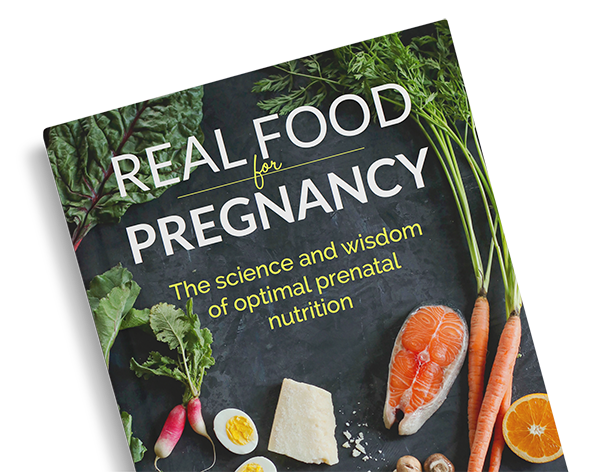
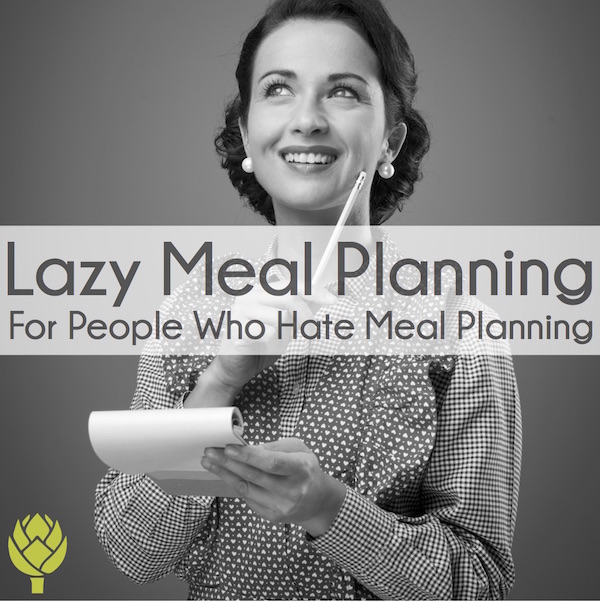
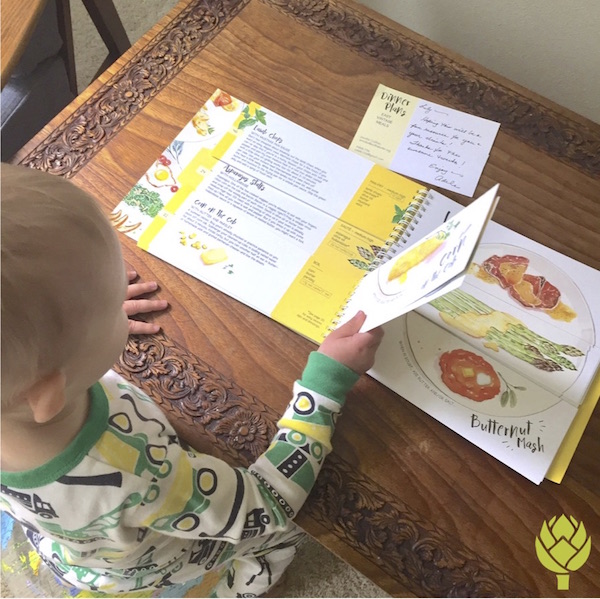
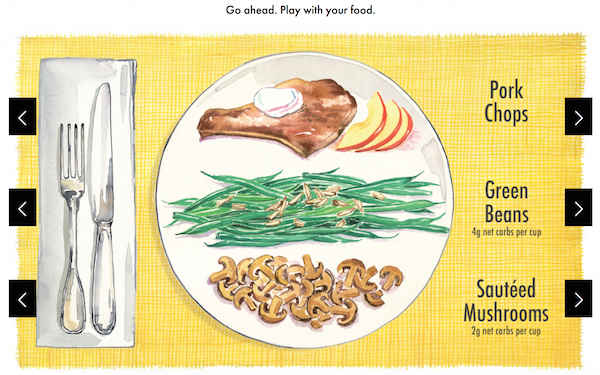
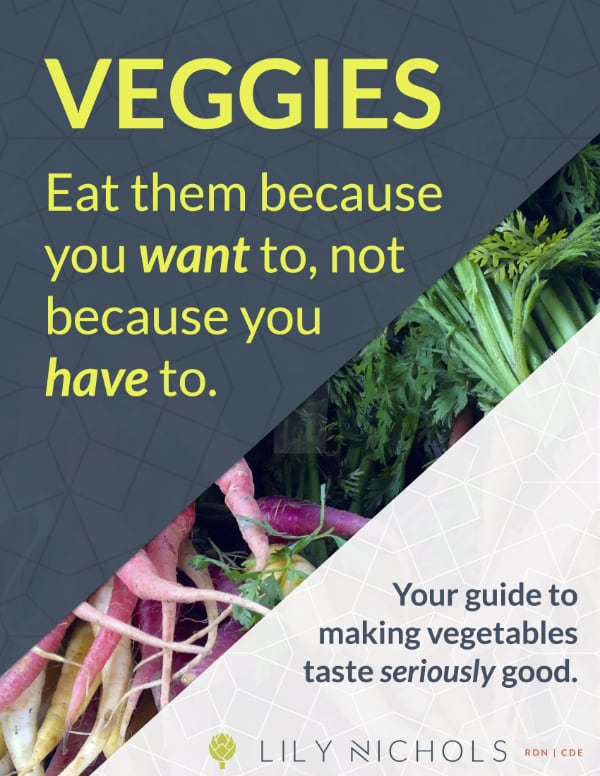


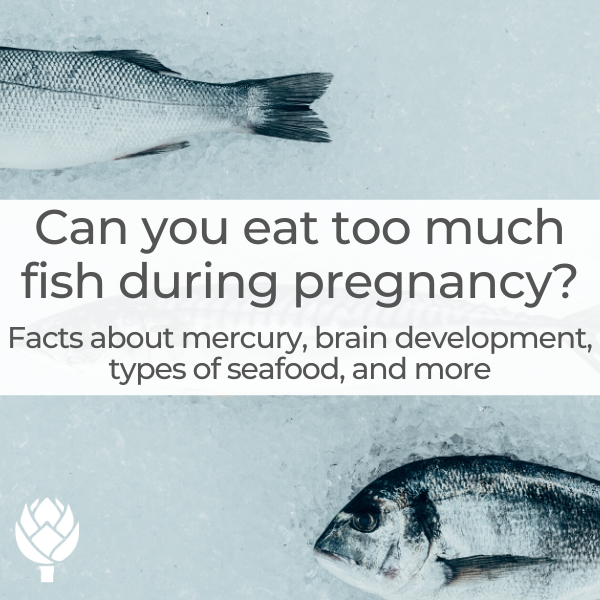


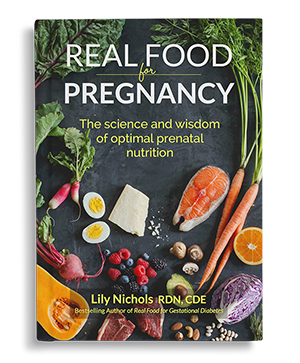
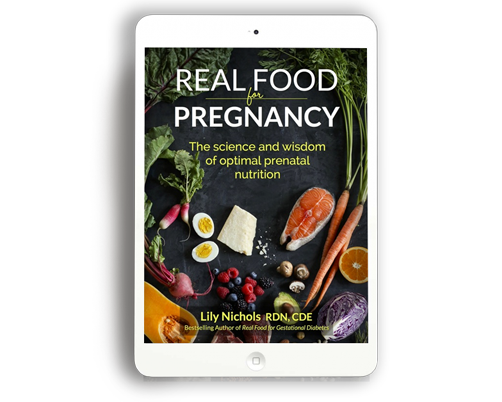
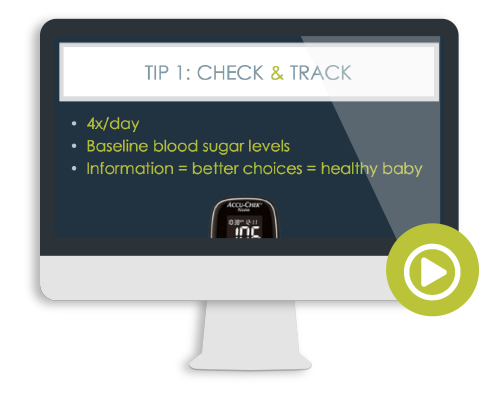
Ugg I’m so with you!!!!! As of now I am totally tanking it with any kind of meal planning, haha or anything semi organized in my life. Early pregnancy and 7 kiddo will do that to ya, and none of it is my natural. Anyways….what worked in the past for me is just making a chart with breakfadt, lunch, dinner, and snacks categories and then number the amount down the side, like if I am planning 7 days worth. Then I’m not strapped to a particular day for a meal. Hope it makes sense.
That’s a great method! Thanks for sharing, Heidi!
Totally the same way. I sometimes make way more than needed though in hopes to have some for my breakfast or lunch for the next day. You just reminded me I need to get a protein for dinner tonight!
Always double batches! Leftovers are the only way my family eats!
Oh my gosh! It’s like you’re reading my mind. This is exactly how I plan my meals! If we run out of protein sources in the fridge but still have vegetables, in my mind, I think there is “no food in the fridge” because there is nothing satiating about what’s in the fridge.
That’s usually when I will resort to a can of sardines atop chopped kale or canned tuna mixed with avocado oil mayo and some fermented relish or sauerkraut.
Canned fish can absolutely be a life saver!
Lily…thank you!!! So glad to know that it’s not just me when it comes to all the “perfect” meal plans and trying to make them work for our family’s needs :-0 Love the simplicity of your template and the online Vintage meal planner! Began reminiscing about my Grandmom’s meals 🙂 I regularly use “The Flavor Bible.” It’s a huge help to this clueless cook!!! So appreciate this post!!!!!!
Every day I think, “ugh…we have to eat dinner again?!” My husband is from Asia, so this makes our carbohydrate choice very easy. It’s usually rice for breakfast, lunch, and dinner with him. I take it or leave it depending on how many carbs I feel like my body needs. There is something liberating about having less options to choose from. Food is really important to him, and he misses the food from home quite a bit. Especially since he does long hours of physical labor, I’ve been trying to get a better handle on how to do food. I’ve been playing with a free meal planner app that gives me a shopping list and a list of different recipes that I am probably supposed to use through the week. I use it loosely for picking foods that I know I have on hand and things that sound good. Sometimes I follow the recipes or use several at one meal if I’m feeling adventurous. Sometimes I have leftovers, and sometimes I don’t. But I know that after I have shopped for the stuff on the list, I will at least have the week’s dinners ready to make if I do decide to follow my plan to the letter. To round out the meals, I try to draw on what I have learned about meals in Asia–many Asian cultures use something like a Feng Shui model to plan–a good meal has a certain blend of textures, flavors, temperatures, and colors (I guess “eat the rainbow” has been around a long time).
P.S. Thanks so much Lily for all of your encouragement! You really helped me in this last pregnancy when I was diagnosed with gd. I was able to control my blood sugar through diet and ended up with a healthy 7lb baby!
Fellow hate to plan meals dietitian! Loved your post, Lilly
Your numbered list at the beginning of the post is exactly me! I laughed to myself. This book is adorable and I wish I had a friend getting married so I could gift it to them right now.
Thank you for this post! I had not seen this book, but I am buying it for the endocrinology clinic I work in! I often draw pictures like this for patients since I don’t love our meal planning materials which generally advocate for wayyy too many carbs. This is such a great find! Nicer than using weird food models, builds a meal with flavor and allows the patient to become inspired and facilitate discussion over preparation which is often a barrier to cooking veggies. Thank you, thank you, thank you!
This would be a great book for your practice! Very visual.
Lunch ideas! Those would be very filling snacks too
I can completely relate! I hate to meal plan but it’s so necessary for me to be successful in eating healthy.
I also have a weekly chart and to be honest I only fill it in maybe 3 days at a time.
Oftentimes I eat leftovers from
Dinner for lunch the next day or a portion of it. And crockpot meals are my saving grace!
I also hate to cook so I make lots of food at once when I’m in the mood and then freeze things for future weeks when I “forget” to fill out my meal plan chart. Haha
What a great and brilliant book that is. Thank you for your article and sharing.
It’s all about finding a system (or non-system) that works for you! Great work!
Just brilliant. I couldn’t agree more (high five)!
Totally with you Lily! I love that Vintage meal plans book. I’d love my 5 year old to use it and help me with meal planning!! The illustrations are beautiful!
Also, like another commenter, this week I just listed out meal ideas based on what we had on hand and I could look at it whenever I felt stuck. Usually I just wing it but sometimes I need more ideas. It worked well!
I just love flipping through that book!
Oh my… I am completely with you! I finally started to go down to the freezer (I only go to town every 3-4 weeks for groceries!) on Monday mornings and picking out 3-4 meats for the week and putting them in the fridge to thaw ( or on the counter if I need it that day) then I make a rough outline of what I might make with those meats (sometimes they get changed a little bit that day) and I can run with it! It has helped so much with not stressing about suppers and “what are we going to have?” Problems without constraining me too much!
Yes!! I am similar. I like to “plan” a few days in advance when I need to go to the store for my produce and other basics (milk/yogurt/bananas, etc). But I order my meats from a local farm every 2 weeks, so I plan my meals around what meats I have in my freezer. Lots of wiggle room each week for when we need to eat leftovers, or when it’s just needs to be a spaghetti night, or occasionally when we eat out. Thanks for sharing!
I needed this article in my life right now!!! Weekday suppers: protein + 2x veg sides. Weekday breakfasts stress me out. Everyone is hungry and all I ever come up with are eggs with veg. We are egged out! My brain is fried and I cant think of or follow recipes. We make a lot of snack boards. I make bolognese with cabbage x1 week and more for the freezer.
I’m a fellow dietitian and non-meal planner! I too keep a stash of meats/proteins in the freezer and pick a few options for the week (trying to rough alternate between red meats/poultry/fish/vegetarian options), then pick from the veggies I have in the fridge (or need to use up!) and often google recipes for sides or salads. I usually add a small serve of carb for my husband who has a hard physical job and my kids.
Meal plans always turn my brain to mush too and make me feel so under-enthused about eating!
Glad I’m not the only one!
My lazy meal planning is buying ingredients for the next 3-5 dinners; focusing on meat and vegetables. Then I make whatever I feel like that day, and if there’s leftovers, then I don’t cook. I also keep ingredients on hand for 3 easy meals incase the day was unexpectedly crazy.
I don’t have a method, but when dishes I haven’t had in a while or things that I like that just occur to me, I put it down in a board in the kitchen where I also write down shopping list items.
It’s a good reminder for when you don’t have ideas.
I have a 19mo and pregnant with #2. I work during the day, so we as a family do an evening activity together pretty much every day. We all go together, and I refuse to stay home and miss out on the fun so that I can cook and clean. So my issue is, I have the skills to feed my family, even ad hoc style. But I’m literally not home at night. So we have gotten in the habit of eating out most weeknights. Any tips for how to eat healthy fresh dinners when you’re simply not home to cook? Like you, I’m not at a point in my life I can meal prep, or do all the cooking on the weekend. I can see that down the road in my future, but it’s probably a few years away.
Look for one pot meal or sheet pan recipes. The cleanup is minimal and you can save/freeze leftovers for another day. Although not seasonal, frozen veggies eliminate the prep time. Try it just one day a week.
I’m an RD and an inconsistent meal planner at best. I also prefer to decide a day or two closer to a meal.
What I really dislike is keeping a food diary. Although I see how important it is for food sensitivities, I don’t have the diligence to be so detailed. I’m still trying to figure out a lazy way that is effective.
Ive tried to meal plan a week ahead a few times but it rarely works. Since having a baby I’ve started to always have a bag of frozen veg in the freezer (or a ready stir fry) as that normally goes with any type of meat. I always have onions and cartons of chopped tomatoes, beans and lentils. And if needed some whole grain pasta and rice. And of course butter and salt. Now and then I try to look up a recipe so I learn new ways of combining things. Recently by google what I can do with the meat that’s on offer 🙂
I love/hate meal planning for the exact same reasons you said :(:
What I try to do often times is go to the grocery store twice a week. On Sundays I shop for Mon-Wed and then, on Wednesday night I evaluate what’s left in the fridge and shop accordingly. I don’t really love going to the grocery store twice, but I’ve found it is better than ending up with a lot of food that nobody wants to eat.
That’s a great strategy. Thanks for sharing, Blanca!
Oh my word, I think this article has just changed my perspective on dinner for the better. What you’re describing is basically what I’ve been doing, but all the while have been feeling like a failure at meal planning, because it’s not planned a week ahead of time.
I’m going to try to organize my grocery list with this “plan” in mind, and see if it doesn’t help with the budget.
Glad to hear it!